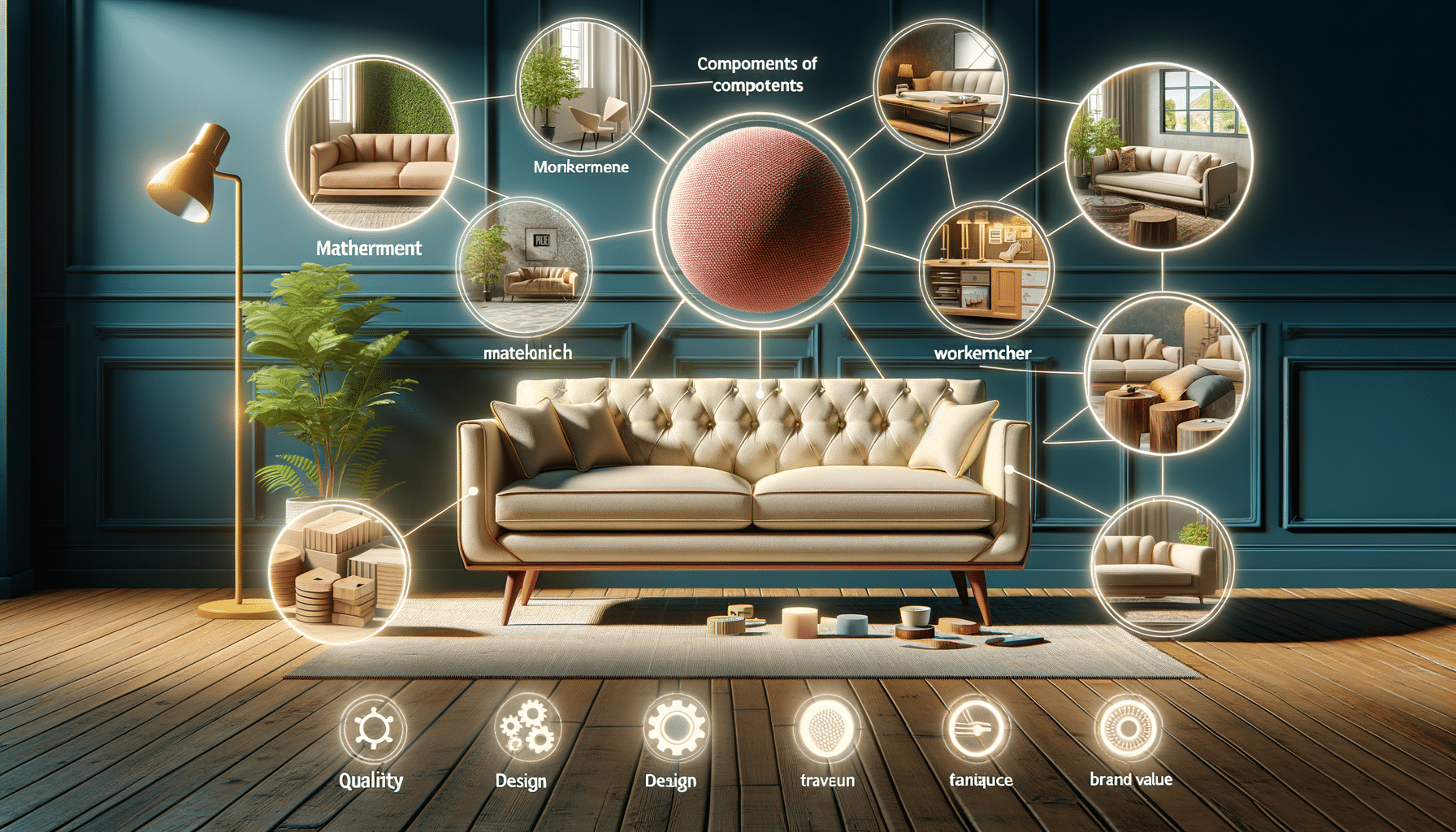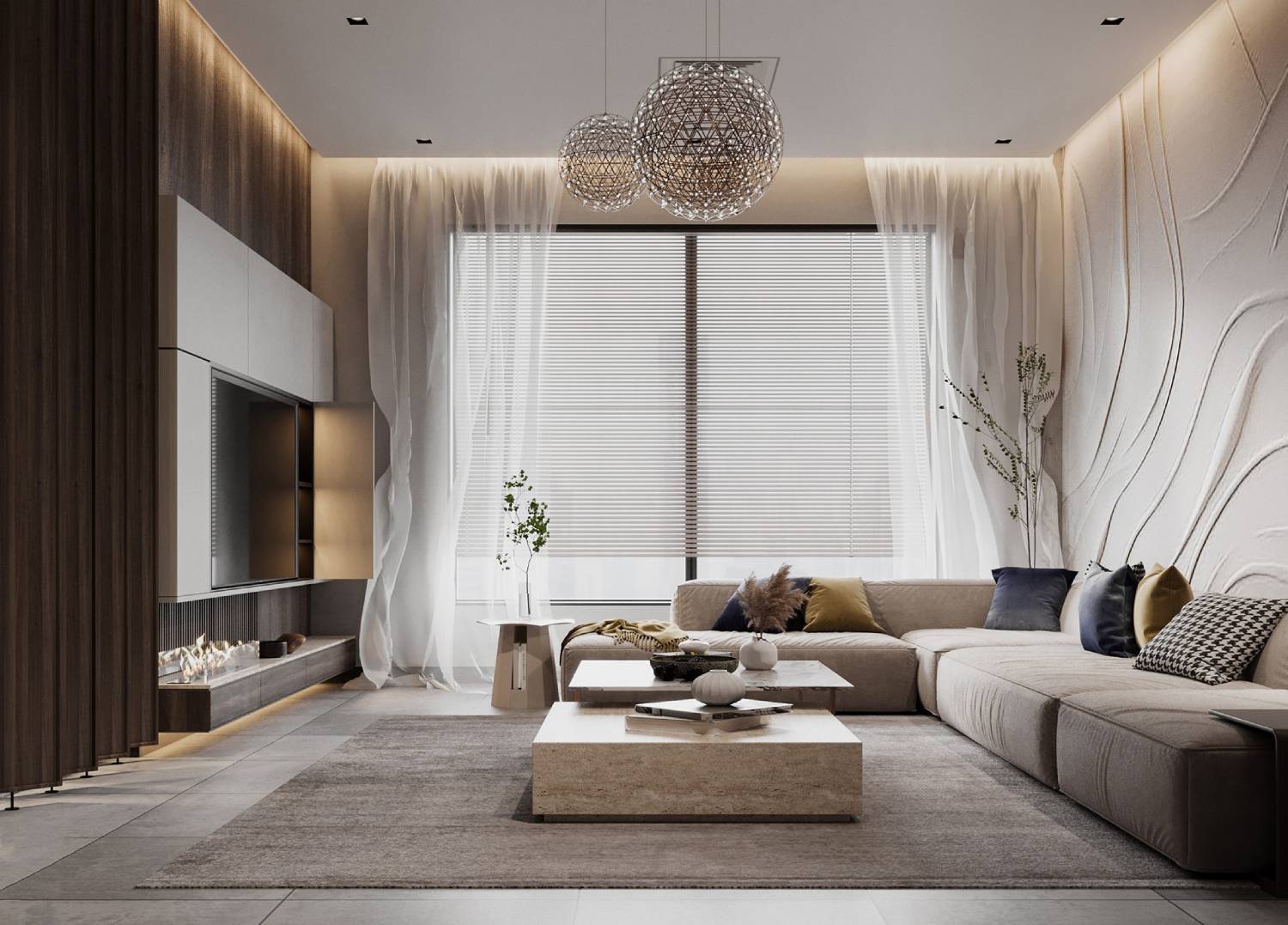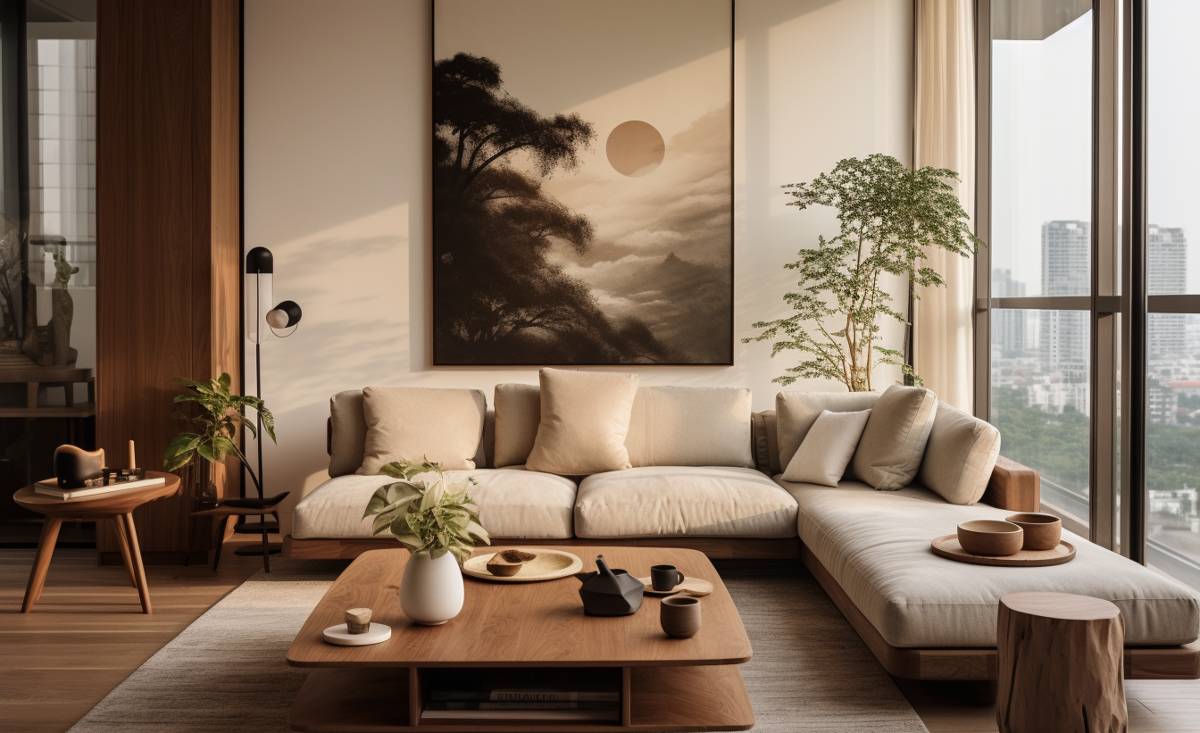
Scandinavian vs. Japandi: Which Minimalist Style Suits You?
Minimalism is a popular choice in interior design. It offers simplicity, functionality, and elegance. Two styles that have gained significant attention are Scandinavian and Japandi interiors. While both embrace minimalist principles, they offer distinct aesthetics and philosophies. In this blog, we’ll explore Scandinavian and Japandi styles. You’ll see which minimalist home style fits your taste and lifestyle.
The Rise of Minimalism
Minimalism is more than just a design trend. It’s a lifestyle choice that prioritises simplicity and functionality. In an era where clutter and chaos often dominate our lives, minimalist home styles offer a refreshing escape. Minimalism simplifies spaces by removing clutter. This focus on key elements makes areas calming, organised, and visually appealing.
Common Misconceptions
Before we dive into Scandinavian and Japandi interiors, let’s clear up some myths about minimalism. Many people believe that minimalist spaces are cold and devoid of personality. However, this couldn’t be further from the truth. Minimalist designs can be warm, inviting, and full of character, as we’ll see in the following sections.
Key Benefits of Minimalist Home Styles
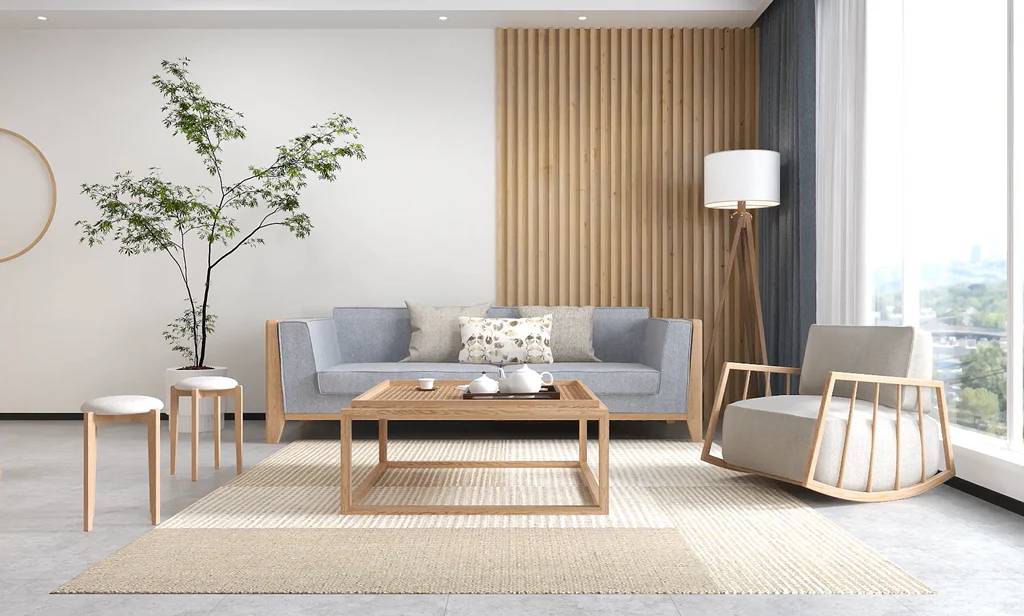
Why Minimalism Matters
Minimalism is not just about aesthetics; it has practical benefits that can enhance your quality of life. Minimalist home styles reduce clutter and focus on what’s essential. This creates a space that promotes relaxation and mental clarity. Research shows that cluttered spaces can raise stress and anxiety. In contrast, minimalist interiors promote calm and well-being.
Real-Life Applications
Imagine walking into a room where every piece of furniture serves a purpose, and every decorative element has meaning. This is the essence of minimalist home styles. Scandinavian and Japandi interiors exemplify this approach, each offering unique benefits and applications.
Scandinavian Interiors
The Essence of Scandinavian Design
Scandinavian interiors are characterised by their emphasis on simplicity, functionality, and natural elements. This style comes from the Nordic countries. It values light and open spaces. Clean lines and neutral colours are key features. Using natural materials like wood and leather brings warmth and texture. This creates a cosy and modern space.
Key Features of Scandinavian Interiors
Light and Airy Spaces
Scandinavian interiors are known for their bright and open spaces. Big windows and light walls let in lots of natural light. This makes the room feel warm and bright.
Functional Furniture
Functionality is at the core of Scandinavian design. Furniture pieces are often multi-functional, with clean lines and simple shapes. This approach maximises space and ensures that every item serves a purpose.
Natural Materials
Wood, leather, and wool are commonly used in Scandinavian interiors. These materials bring warmth and texture. They create a nice balance between modern style and nature.
Real-World Example
Consider the iconic Eames Lounge Chair, a staple in many Scandinavian-inspired homes. Its sleek design and comfy feel show the blend of style and function that define this look.
Japandi Aesthetics
The Fusion of Japanese and Scandinavian Design
Japandi is a hybrid design style that combines the best of Japanese and Scandinavian interiors. This fusion creates a minimalist aesthetic that is both serene and sophisticated. Japandi combines the simplicity of Scandinavian design with the elegance of Japanese style. This blend gives a fresh twist to minimalism.
Key Features of Japandi Aesthetics
Calm and Balanced Spaces
Japandi interiors are designed to create a sense of calm and balance. The use of neutral colours, natural materials, and minimal decor results in spaces that are both tranquil and inviting.
Wabi-Sabi Philosophy
A key element of Japandi aesthetics is the Japanese philosophy of wabi-sabi, which embraces the beauty of imperfection. This method promotes using handmade and natural materials. They bring character and authenticity to the space.
Low-Profile Furniture
Furniture in Japandi interiors is often low-profile, with clean lines and simple shapes. This creates a sense of openness and flow, allowing the space to breathe.
Real-World Example
A Japandi living room often includes a low sofa, a wooden coffee table, and some chosen decor. The result is a space that feels both modern and timeless.
Additional Expert Tips & Common Mistakes to Avoid
Best Practices for Minimalist Interiors
Prioritise Quality Over Quantity
When designing a minimalist space, focus on quality over quantity. Invest in well-made furniture and decor that will stand the test of time.
Embrace Negative Space
Negative space is an important element of minimalist design. Allowing room for the eye to rest creates a sense of balance and harmony.
Common Mistakes to Avoid
Overcrowding the Space
One of the most common mistakes in minimalist design is overcrowding the space with unnecessary items. Remember that less is more, and each piece should serve a purpose.
Ignoring Personal Style
Minimalist interiors usually have neutral colours and basic shapes. But it’s key to add pieces that show your personal style. This will ensure that the space feels authentic and inviting.
Advanced Insights & Expert Recommendations
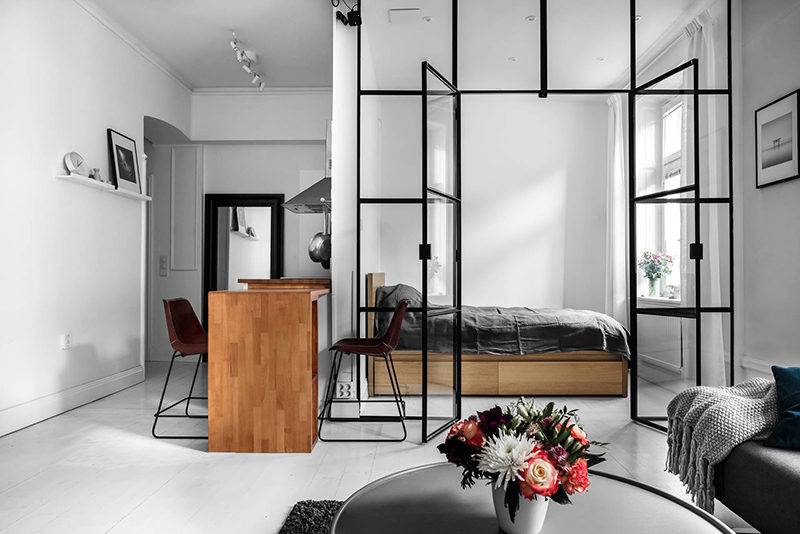
Layering Textures and Materials
To make minimalist interiors more interesting, try layering various textures and materials. This can include combining soft textiles with hard surfaces or mixing natural materials like wood and stone.
Incorporating Nature
Bringing elements of nature into your home can enhance the calming effect of minimalist interiors. Add plants, natural light, and organic materials. They help you connect with the outdoors.
Finding Your Minimalist Aesthetic
Scandinavian and Japandi interiors each bring their own charm to minimalist home styles. They have different approaches, but both offer unique benefits. Whether you like the bright spaces of Scandinavian design or the calm style of Japandi, both offer a great base for a lovely and practical home.
When you look at these minimalist styles, focus on quality. Keep things simple and add pieces that show your personal style. By doing so, you’ll create a space that not only looks stunning but also enhances your overall well-being.
Ultimately, choosing between Scandinavian and Japandi styles depends on your taste and way of living. Both styles offer a timeless appeal that can transform any space into a sanctuary of simplicity and elegance. So, which minimalist style suits you? Explore each aesthetic. Experiment with different elements. Discover the beauty of minimalism in your home.
